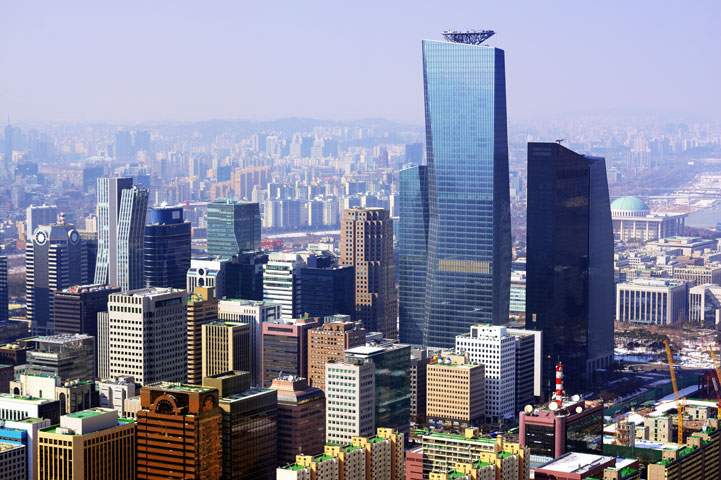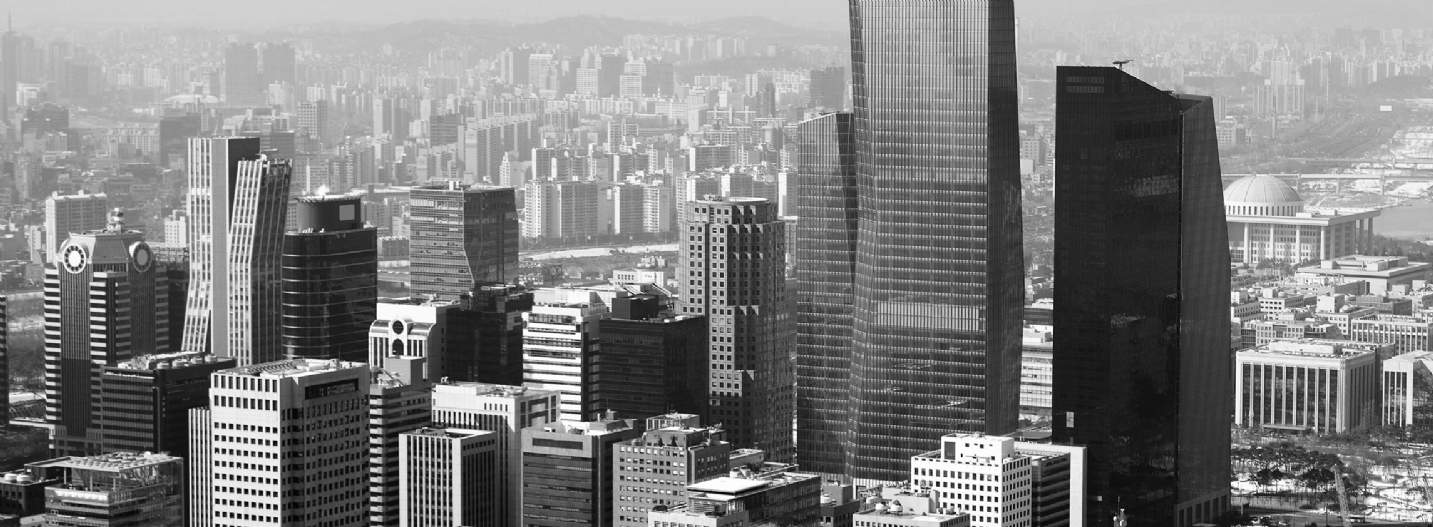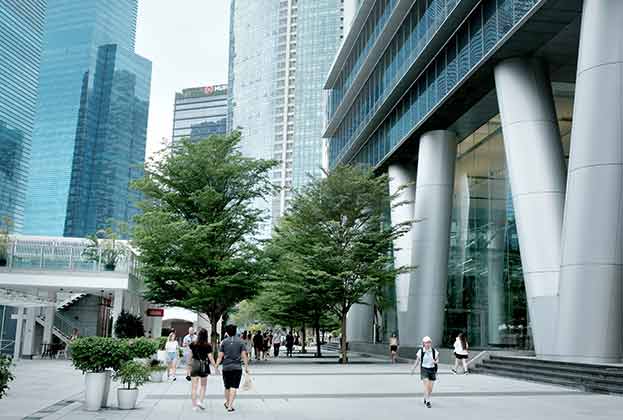Investment volumes in offices fell to a post-GFC low in the first quarter as a large pool of investors choose to sit out the current market uncertainty and wait for better times ahead
Financial markets rallied at the beginning of this year, supported by the resilience in global economic activity. But commercial real estate is not enjoying a similar rebound in sentiment. Instead, capital markets are very quiet, with the US$35 billion of completed office transactions in Q1 2023 representing the lowest quarterly out-turn since the global financial crisis (GFC).
Pricing power continues to sit with the limited pool of active buyers, particularly those who are unburdened by leverage. This is supporting liquidity for smaller assets as larger institutions sit out the current volatility. Those looking to sell assets are finding that price discovery continues to move against them; in two-thirds of the markets we cover in this report, yields shifted outwards again this quarter.
Weak investment volumes have been matched by equally sluggish fundraising activity, suggesting returns need to rise further to attract more capital. The cost of debt is prohibitive in many markets; low cash-on-cash entry yields can only be underwritten by optimistic rental growth forecasts, something that is increasingly hard to justify in the current economic environment, save for the best assets. Instead, the returns available from lending are attracting more investors. As such, we expect further upward pressure on yields over the next 12 months in most markets.
A cautious recovery in sentiment
Inflation has peaked, and interest rates will soon reach a crescendo. Europe survived the winter without rationing energy, US consumers continue to spend pandemic-era excess savings, and authorities in China have relaxed tight Covid-19 restrictions, supporting a rebound in domestic activity. This improvement in the economic outlook has supported a recovery in risk sentiment, and equity markets have recouped some of the losses of last year, with the MSCI World All Cap Index rising by 6.5% in Q1.
Yet there remains a sense of foreboding that more pain is on the horizon. Markets are skittish as a result, and measures of volatility remain elevated. The IMF expects a soft landing. Economists and policymakers generally agree. But dissenters refer to this outlook as the ‘immaculate disinflation scenario,’ which hints at a potential lack of realism from consensus forecasters. Indeed, history suggests that recession is a pre-requisite to tame ‘sticky’ inflation, and past periods of rapid monetary policy tightening have mostly ended in pain.
However, history is also a poor predictor of the future, and there remains no obvious catalyst for a more severe economic downturn in this cycle. Even a crisis in the US banking system, arguably the most systemic sector in the global economy, looks unlikely to materially shift the outlook. Forecasting is a futile exercise, but conditioned on the information available to us now, a soft landing remains the most likely outcome. But the most likely outcome can still be a low probability scenario, and recent events highlight the risk of a black swan.

Offices in the spotlight
Recent turmoil in the banking sector has inadvertently cast a long shadow over commercial real estate. US regional banks, unburdened by the regulatory constraints of their larger, ‘systemically-important’ peers, have been very active in lending against commercial real estate in recent years. This has raised the prospect of a doom-loop scenario where real estate distress and banking failures are self-reinforcing.
This is overly pessimistic, in part because much of the commercial real estate sector continues to perform well, but also because neither is capable of bringing the other down. But for all the perceived interest from alternative lenders and private debt funds, a retrenchment in bank lending (which still accounts for 50-60% of total lending to commercial real estate) is ill-timed given large swathes of debt is due over the next few years. Refinancing was already difficult, and it is likely to get harder as credit standards are tightened.
Meanwhile the ‘retail apocalypse’ has given way to concerns surrounding the office, given structural headwinds around the slow return to work and flight to quality. Again this risk is most acute in the US, where the listed market is pricing significant discounts on current office valuations.
It’s hard to disagree with some of this sentiment; empty space is accumulating fast due to a weak recovery in office occupancy (which only recently breached 50% of pre-Covid levels nationwide) – leading to a decoupling in the relationship between office-based employment and take-up – and a major downturn in the tech sector.
A more nuanced global reality
While the US market is facing significant cyclical and structural challenges, there are reasons to be more sanguine on offices in other regions. Occupational trends in Europe and Asia Pacific are much more encouraging. In Europe for example, average office occupancy has recovered to 55%, up from 43% a year ago, with midweek rates now approaching the pre-Covid average of 70%. In many Asia Pacific markets such as Seoul and Tokyo, office attendance is close to pre-pandemic levels. Meanwhile, a tight supply of good quality buildings is helping to keep vacancy low and put upward pressure on rents.
Prime yields continued to shift outwards at the beginning of this year, particularly where the pressure from interest rates is greatest; in Europe, the US, South Korea, and Australia
Oliver Salmon, Global Capital Markets, World Research
The current state of malaise in investment activity is thus more reflective of a desire to wait out the current economic uncertainty, rather than due to a more alarmist death of the office narrative (although the latter makes for a better headline). Risk is not the friend of illiquid markets, and investors always fear becoming the subject of a future anecdote of an ill-timed transaction. Some equity and debt investors are simply too preoccupied with managing existing portfolios to consider new opportunities.
The lack of risk premium is also acting as a headwind for capital markets. Prime yields continued to shift outwards at the beginning of this year, particularly where the pressure from interest rates is greatest; in Europe, the US, South Korea, and Australia. Entry yields do not benchmark favourably against other income-producing assets, especially given there remains a risk that the uncertain economic outlook begets a more sustained downturn in occupational demand. Take-up is a lagging economic indicator, but if a material softening in labour markets is required to bring wage growth and inflation down, then this will feed into lower office requirements.
Instead, market liquidity is currently supported by private cash-rich buyers. Institutions and REITs were net sellers of offices at the beginning of this year. But price movements will create opportunities. In London for example – often a bellwether for other markets due to greater levels of liquidity and transparency – current yields are once again piquing the interest of global investors, and we are seeing the return of some institutions. Paris, too, is attracting more interest, particularly from domestic investors. Other markets may require more time, and more discounts.
Read the articles within Taking Stock: Capital Markets Quarterly – Q1 2023 below.





